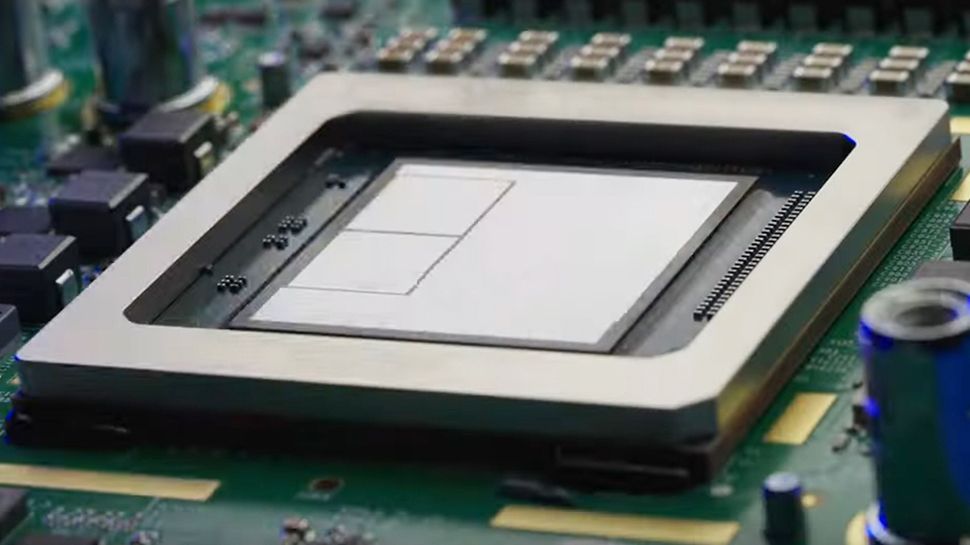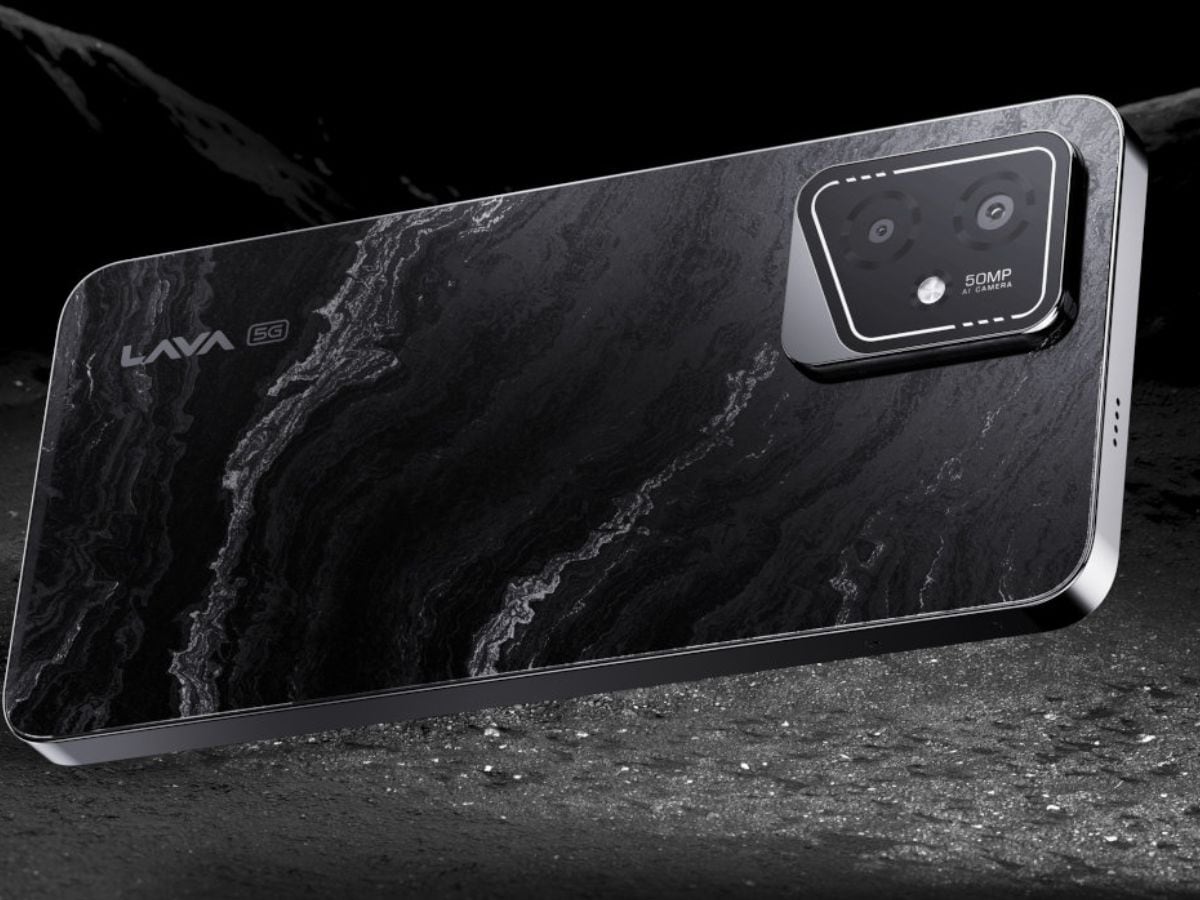“I tend to be less than optimistic about the deadlines, but in 2026. Before 2027, let me put it this way.” With these ambiguous words, Elon Musk confirmed last October that Tesla will manufacture its first robotaxi in less than two years. Some Tesla Cybercab without pedals or steering wheels.
The promise, like many others from the Tesla boss, seems impossible to fulfill within the given deadlines if we stick to the autonomous car history in the United States. Although tests are being carried out with this technology in various cities, the implementation is being slow, it has left several bodies along the way and, furthermore, the regulators do not seem to be willing to allow it on the streets (at least for the moment). a car that cannot be controlled locally. That is, a car without a steering wheel or pedals.
To pave the way, Tesla is already in talks with the city of Austin to take fully autonomous cars to the streets, which, for now, are still far from the promised Cyercab.
The information is brought Bloomberg. The economic media claims to have had access to emails between the company and the working group in charge of the implementation of autonomous vehicles in the Texas city. The communications have been active since last May and have revolved around the security of the system.
Security, at the center of the debate
According to BloombergTesla is looking for the right city to make its first deployment with fully autonomous vehicles, which is key to its future plans.
During the call with investors that Elon Musk held after the presentation of the Tesla Cybercab, the most skeptical asked the company’s CEO why he had chosen this decision instead of accelerating the launch of the much-promised $25,000 Tesla.
On that occasion, Musk even called this launch an “absurd idea.” Since then he has focused on selling the advantages of artificial intelligence and software such as cornerstone of the company. The company has been betting on this idea for some time now (even stating that they can sell cars without profit because it is in the software) but the company’s last big event was the confirmation that they are beginning to move away from the traditional industry.
All of this deepens the idea that the company needs a massive and successful deployment. If produced, Tesla will win the speech in a technology that has eluded it over the years. His Full Self Driving It has been in the eye of regulators since its launch and remains a driving assistance system that requires human supervision. In addition, they have been accused of misleading advertising due to a name that suggests that the car controls itself completely.
In recent times, the news related to the autonomous car has not been the best for the company. Firstly because rivals like Mercedes have surpassed them in the race, winning the license to operate as a level 3 autonomy vehicle (in very specific circumstances), which means that they do not require human intervention.
Furthermore, rivals that have already deployed its technology have had so much trouble proving its viability that General Motors has canceled the Cruise project. It is one more stone in the way of the profitability of the autonomous car that promises gigantic avenues of income but which, until now, has only served some companies to burn money worth billions of euros.
The success or failure of Tesla’s first deployment of fully autonomous vehicles will likely be marked by safety. It is, in fact, the main topic of conversation that emails between Tesla workers and Austin regulators revolve around, according to Bloomberg.
It must be taken into account that, before its cancellation, Cruise had a terrible image on the streets. Their cars were boycotted and the emergency services even accused them of preventing their work as quickly as possible. The last straw was the accident he experienced with a woman who had previously been run over and whom the car did not detect and dragged for a few meters until it parked on top. Along the way they experienced a temporary withdrawal of their license.
With the intention of attracting companies to test electric cars on the streets but work safely, in Austin they maintain a working group focused on safety, with workers from the transportation department and emergency services. Waymo, Volkswagen and Zoox They have been testing their services at some point in the city.
At the same time that all this is happening, it remains to be seen to what extent Elon Musk’s influence in the future Donald Trump Government has enough power to deregulate the arrival of autonomous cars on the streets. As an example of the first steps: the new Executive plans to eliminate the obligation to report accidents under semi-autonomous driving systems.
The news was brought Reuters just a few weeks ago. The new Donald Trump Government is interested in withdrawing this rule in which Tesla has been the main affectedsince it has been the company that has reported the most accidents when driving assistance services are active. Especially problematic has been Tesla’s performance in low visibility conditions, according to The Washington Post last October.

All of this increases the pressure on Tesla to launch a service of completely autonomous vehicles that move with ease and safety in equal measure. Until now, the deployments have been controlled and have been located in specific neighborhoods of a few cities. Elon Musk, however, stressed during the presentation of the Cybercab that he has a system ready to be applied anywhere while Waymo has based its launch in limited spaces.
What is certain is that Elon Musk has the future of Tesla in his hands and, at the same time, a foot inside Donald Trump’s Government.
Photo | Tesla
In WorldOfSoftware | Tesla has skyrocketed its revenue. And he has done it by finding gold outside of car sales











